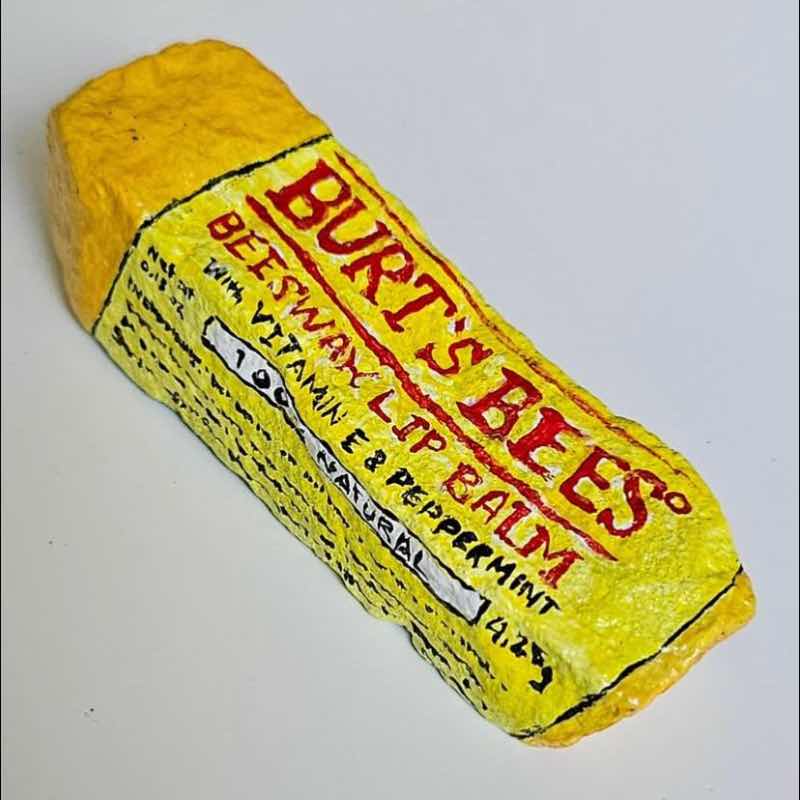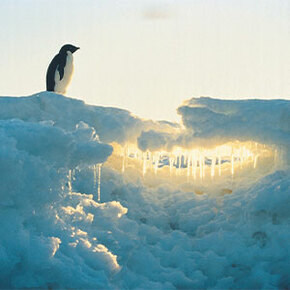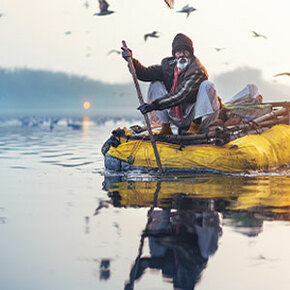
National Geographic Receives Massive Attention With Their New Cover, And The Harsh Reality Behind It Is Shocking
There’s one thing that truly unites us in this world, and unfortunately, it is not something to be happy about. Everyone around us shamefully affects the earth with our single-use plastic and overall lack of responsibility and love for our planet. Newest National Geographic issue reveals just how truly bad the earth has been affected by our irresponsible consumerism and daily choosing plastic over own mother earth. Their newest campaign called ‘Planet or Plastic’ is aiming to encourage everyone around the world to open their eyes to the tragic condition of our earth.
The campaign has identified such products as plastic bags, bottles, and straws as one of the most problematic aspects of our consumerism and is promoting to drastically reduce their usage by making truly simple choices like choosing reusable bags and straws. These powerful images reveal the shocking reality behind 9 millions tonnes of plastic waste each year, and hopefully, will encourage everyone to think before they use another plastic packaging again.
“For 130 years, National Geographic has documented the stories of our planet, providing audiences around the world with a window into the earth’s breathtaking beauty as well as to the threats it faces,” Gary E. Knell, CEO of National Geographic Partners, told the Daily Mail. “Each and every day, our explorers, researchers and photographers in the field witness firsthand the devastating impact of single-use plastic on our oceans, and the situation is becoming increasingly dire.”
Scroll down below to see the powerful images for yourself, and check out National Geographic’s campaign here, to further educate yourself about this hugely important issue.
The new issue of National Geographic will feature a campaign about plastic waste

Image credits: National Geographic
It’s clear that every one of us lacks responsibility and love for our planet

“The photographer freed this stork from a plastic bag at a landfill in Spain. One bag can kill more than once: Carcasses decay, but plastic lasts and can choke or trap again”
Image credits: John Cancalosi/ National Geographic
And the newest National Geographic issue shows just how truly bad the earth has been affected by our daily choices of plastic over our own mother earth

“Under a bridge on a branch of the Buriganga River in Bangladesh, a family removes labels from plastic bottles, sorting green from clear ones to sell to a scrap dealer. Waste pickers here average around $100 a month”
Image credits: Randy Olson / National Geographic
Their newest campaign called ‘Planet or Plastic’ is aiming to encourage everyone around the world to open their eyes to the tragic condition of our earth

“The largest market for plastics today is packaging materials. That trash now accounts for nearly half of all plastic waste generated globally—most of it never gets recycled or incinerated”
Image credits: Jayed Hasen/ National Geographic
The campaign has identified plastic bags, bottles, and straws as problematic products

“Plastic bottles choke the Cibeles fountain, outside city hall in central Madrid. An art collective called Luzinterruptus filled this and two other Madrid fountains with 60,000 discarded bottles last fall as a way of calling attention to the environmental impact of disposable plastics”
Image credits: Randy Olson/ National Geographic
These powerful images reveal the shocking reality behind 9 millions tonnes of plastic waste each year

“An old plastic fishing net snares a loggerhead turtle in the Mediterranean off Spain. The turtle could stretch its neck above water to breathe but would have died had the photographer not freed it. “Ghost fishing” by derelict gear is a big threat to sea turtles”
Image credits: Jordi Chias/ National Geographic
And hopefully, this will encourage everyone to think before they use another plastic packaging again

“On Okinawa, Japan, a hermit crab resorts to a plastic bottle cap to protect its soft abdomen. Beachgoers collect the shells the crabs normally use, and they leave trash behind”
Image credits: Shawn Miller
The magazine itself is leading by example, beginning to send out their editions in paper instead of plastic

“To ride currents, seahorses clutch drifting seagrass or other natural debris. In the polluted waters off the Indonesian island of Sumbawa, this seahorse latched onto a plastic cotton swab—“a photo I wish didn’t exist,” says photographer Justin Hofman”
Image credits: Justin Hofman/ National Geographic

“Around the world, nearly a million plastic beverage bottles are sold every minute”
Image credits: David Higgins/ National Geographic

“Some animals now live in a world of plastics—like these hyenas scavenging at a landfill in Harar, Ethiopia. They listen for garbage trucks and find much of their food in trash”
Image credits: Brian Lehmann/ National Geographic
And it encourages consumers to take a pledge to dramatically reduce their use of them by making simple conscious choices

“Some 700 species of marine animals have been reported so far to have eaten or become entangled in plastic”
Image credits: David Jones/ National Geographic

Image credits: OHN JOHNSON
Will you take the pledge?

“By 2050, virtually every seabird species on the planet will be eating plastic”
Image credits: PRAVEEN BALASUBRAMANIAN/NATIONAL GEOGRAPHIC

“As of 2015, more than 6.9 billion tons of plastic waste had been generated. Around 9 percent of that was recycled, 12 percent was incinerated, and 79 percent accumulated in landfills or environment”
Image credits: ABDUL HAKIM/NATIONAL GEOGRAPHIC
“For 130 years, National Geographic has documented the stories of our planet, providing audiences around the world with a window into the earth’s breathtaking beauty as well as to the threats it faces”

“Just after dawn in Kalyan, on the outskirts of Mumbai, India, trash pickers looking for plastics begin their daily rounds at the dump, joined by a flock of birds. In the distance, garbage trucks rolling in from the megacity traverse a garbage valley. The woman carrying the red cloth lives at the landfill”
Image credits: Randy Olson / National Geographic

“After sheets of clear plastic trash have been washed in the Buriganga River, in Dhaka, Bangladesh, Noorjahan spreads them out to dry, turning them regularly— while also tending to her son, Momo. The plastic will eventually be sold to a recycler. Less than a fifth of all plastic gets recycled globally”
Image credits: Randy Olson/ National Geographic

“Colored chips of plastic—collected, washed, and sorted by hand—dry on the banks of the Buriganga. About 120,000 people work in the informal recycling industry in and around Dhaka, where 18 million inhabitants generate some 11,000 tons of waste a day”
Image credits: Randy Olson/ National Geographic

“Recology’s largest San Francisco recycling plant handles 500 to 600 tons daily. One of the few plants in the U.S. that accept shopping bags, it has more than doubled the tonnage it recycles in the past 20 years”
Image credits: RANDY OLSON
“Each and every day, our explorers, researchers and photographers in the field witness firsthand the devastating impact of single-use plastic on our oceans, and the situation is becoming increasingly dire”

“Trucks full of plastic bottles pull into a recycling facility in Valenzuela, Philippines. The bottles were plucked from the streets of metropolitan Manila by waste pickers, who sell them to scrap dealers, who bring them here. The plastic bottles and caps will be shredded, sold up the recycling chain, and exported”
Image credits: Randy Olson/ National Geographic

Image credits: Randy Olson/ National Geographic
China is the largest producer of plastic—it accounts for more than a quarter of the global total—much of it exported to the world

Image credits: RICHARD JOHN SEYMOUR

Image credits: RICHARD JOHN SEYMOUR
Watch the video below to learn more about this huge problem
This chart illustrates the growth of plastic use throughout the years

Image credits: JASON TREAT AND RYAN WILLIAMS


















Got wisdom to pour?